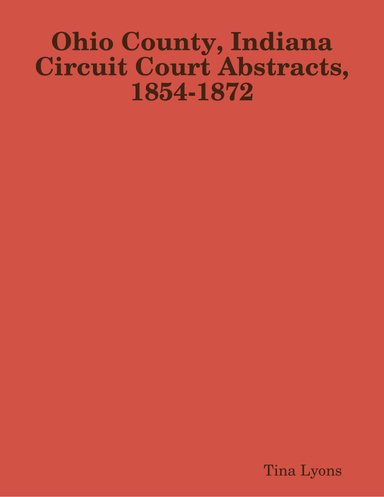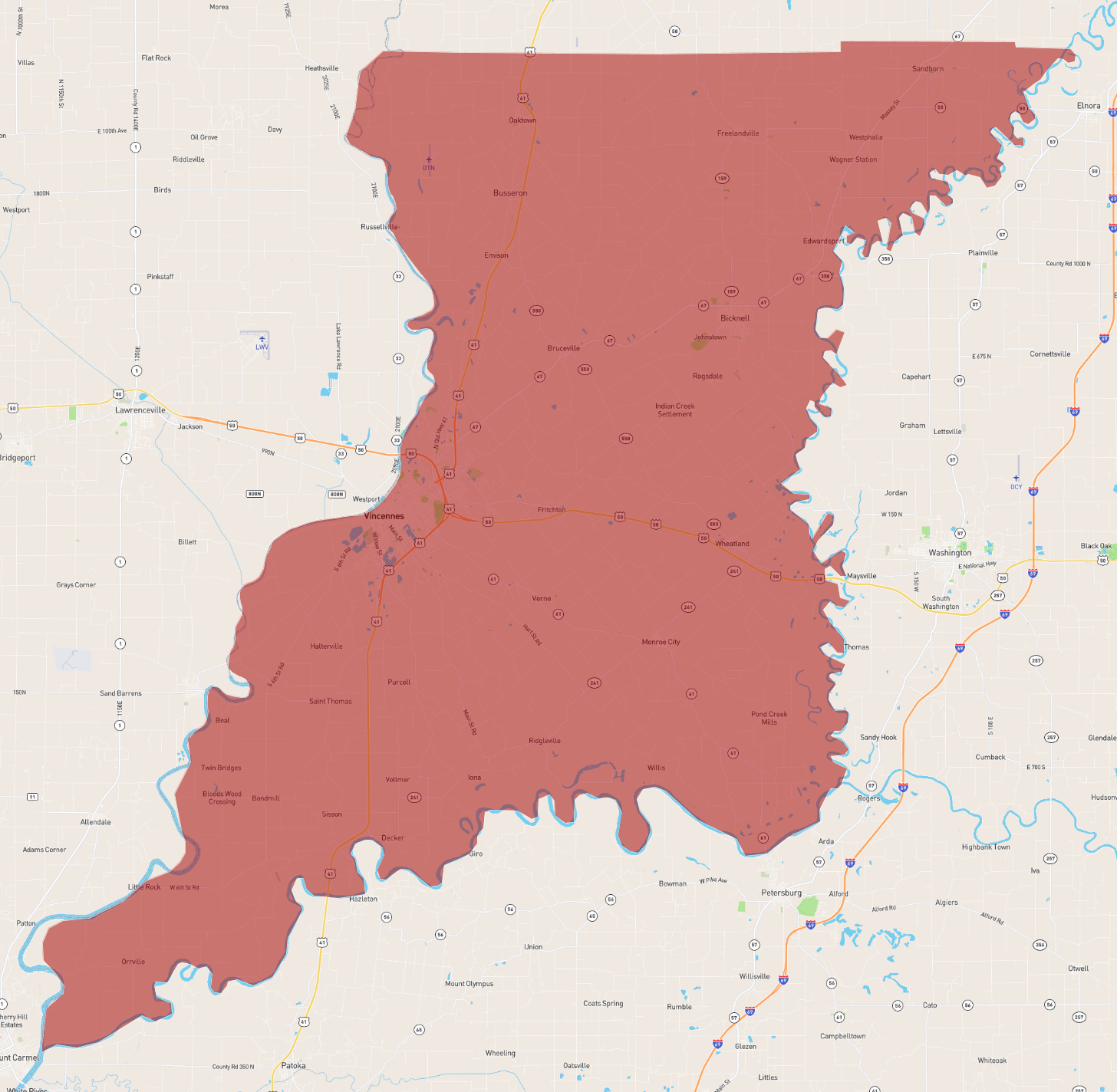

Strong's brother, James, was born around 1800. She was sold to Antoine Lasselle after the Treaty of Greenville (1795). Prior to Strong's birth, Jenny, had been kidnapped by Native Americans. Her father was someone with the surname of Strong. Early life Īround 1796, Polly Strong was born in the Northwest Territory to an enslaved woman, Jenny, who was owned by Antoine Lasselle who lived near Fort Wayne. They could runaway, they could hire attorneys to file freedom suits in the court, or their owners could decide to give them their freedom.
#Knox county indiana court records search free#
In his article "Almost a Free State", historian Paul Finkelman enumerated three ways for enslaved people in Indiana to become free. There were 190 slaves in Indiana in 1820, 118 of them in Knox County, Indiana. Black people continued to remain enslaved or indentured servants after 1816. Each time the circuit courts had denied or approved the freedom of the slaves on an individual basis. This ban brought the previous laws that had permitted slavery into conflict, and the issues of whether preexisting slave arrangements were still legal was brought before the courts on several occasions. Slavery and involuntary servitude were prohibited by the 1816 Indiana Constitution. This law allowed slaveholders to continue in their ownership of slaves that were purchased outside of the state, even if the slaves came to reside in Indiana.

The territory passed legislation that allowed for the slaves to be indentured within the territory. Many slaveholders immigrated to the territory bringing their slaves with them. In 1800, the Indiana Territory was formed. Map of the Northwest Territory as of 1787, with years of statehood Many slaveholders took this to mean that the ordinance excluded people who already owned slaves. Article VI of the Northwest Ordinance prohibited slavery and involuntary servitude. The frontier north and west of the Ohio River became the Northwest Territory in 1787. There were three slaves in the state in both the 18 censuses.īackground Native Americans guiding French Explorers through Indiana, Stories of Indiana, by Maurice Thompsonīy 1746, African and Native American enslaved people were owned by Catholic priests and French traders, and the practice continued during the period when Great Britain controlled the area that is Indiana. The number of enslaved people reduced over the next couple of decades. Johnston case was tried in the Indiana Supreme Court, which ruled that indentured servitude was no longer legal in Indiana. Other enslaved people were not automatically freed, but there was a precedent that others could use in the courts. Based upon the 1816 Constitution of Indiana, the justices ruled that "slavery can have no existence" in Indiana. The case was appealed to the Indiana Supreme Court in State v. Lasselle in 1820, but the court ruled that she was to remain enslaved. They sued for Strong's freedom at the Knox County Circuit Court in Polly v. Osborn and Amory Kinney, sought to test the legality of slave arrangements made prior to 1816. Blake produced indentures, Polly for 12 more years and James for four more years of servitude. Two years later, Strong's mother Jenny and attorney Moses Tabbs asked for a writ of habeas corpus for Polly and her brother James in 1818. Slavery was prohibited by the Constitution of Indiana in 1816. She was born after the Northwest Ordinance prohibited slavery. 1796–unknown) was an enslaved woman in the Northwest Territory, in present-day Indiana. Lasselle, Supreme Court of Indiana freedom suit case The Auditor also handles tax sales and sales redemptions.State v. They perform payroll, claims to Accounts Payable as well as exemptions (such as homestead and mortgage exemption), deed transfers, assist the county council and commissioners meetings, and County council agenda. The Auditor’s office works closely with the Assessors’ office as well as the County Recorder’s office. In most counties, residents appoint a person for this position during elections.

A county auditor office is primarily responsible for preparing county budgets and assigning taxes to properties. The list of duties ranging from simple ministerial tasks such as keeping minutes of the various Board meetings for which we serve as secretary, to the highly technical duties of financial statement preparation and compliance with federal tax guidelines and programs. This office has the financial responsibilities that impact the financial well-being county government. The Auditor’s Office has many responsibilities.


 0 kommentar(er)
0 kommentar(er)
